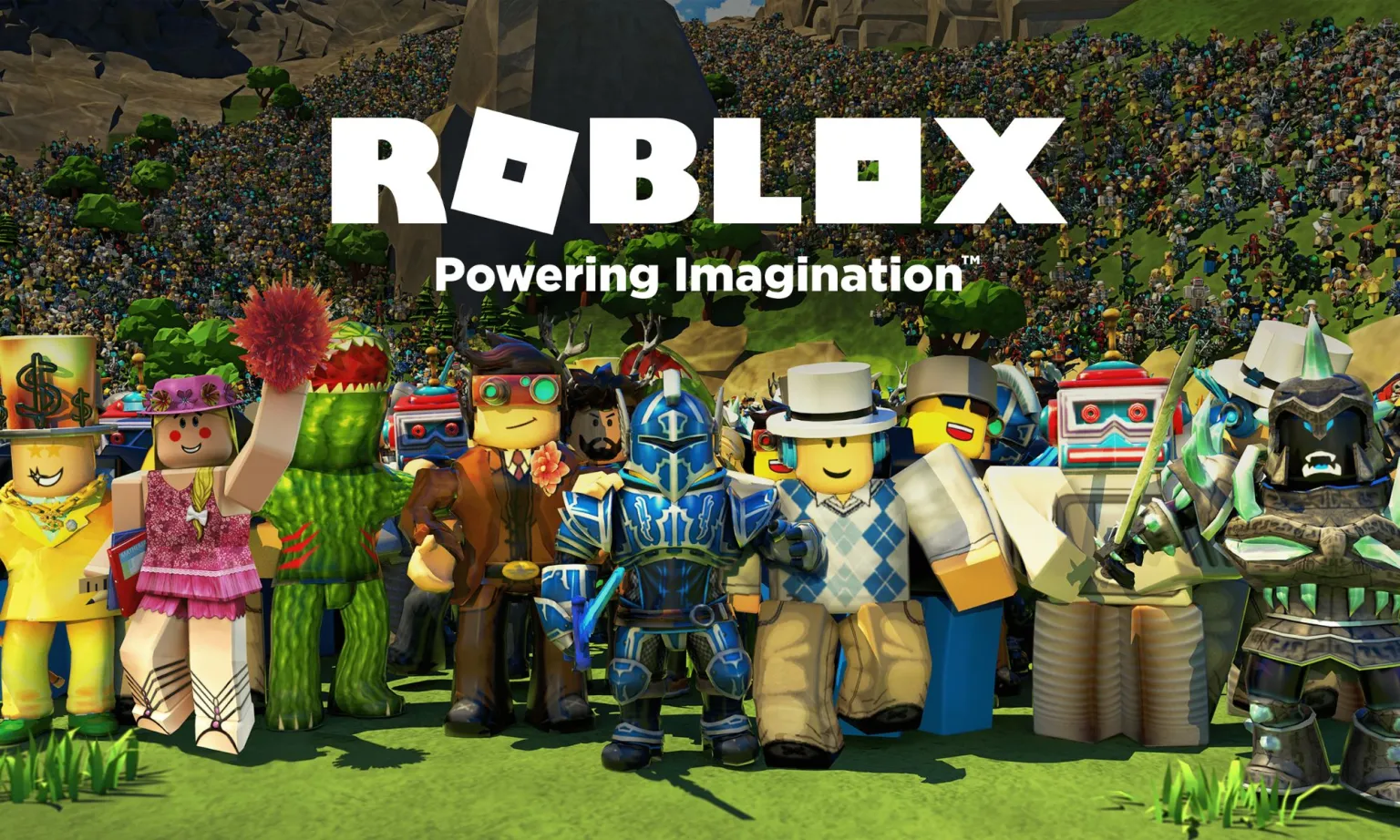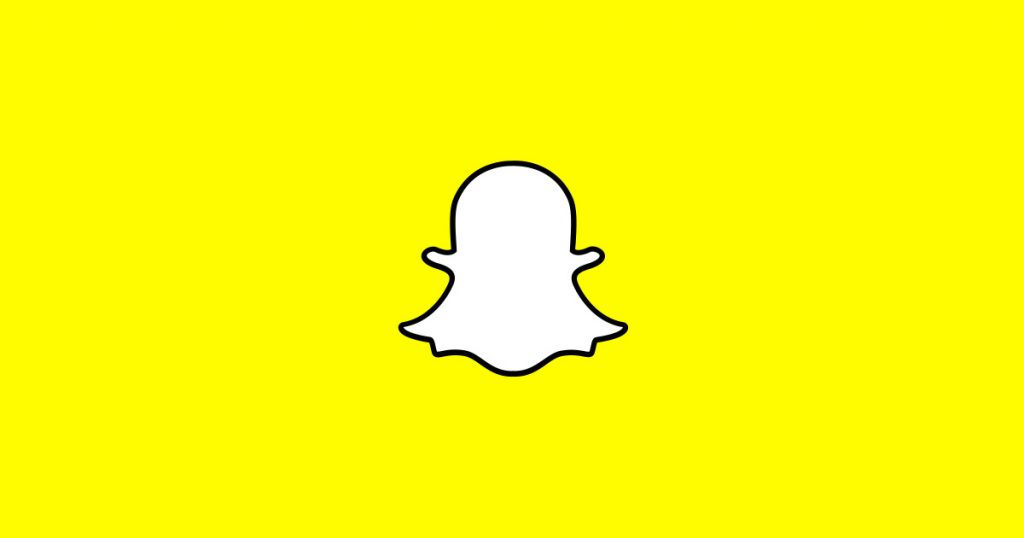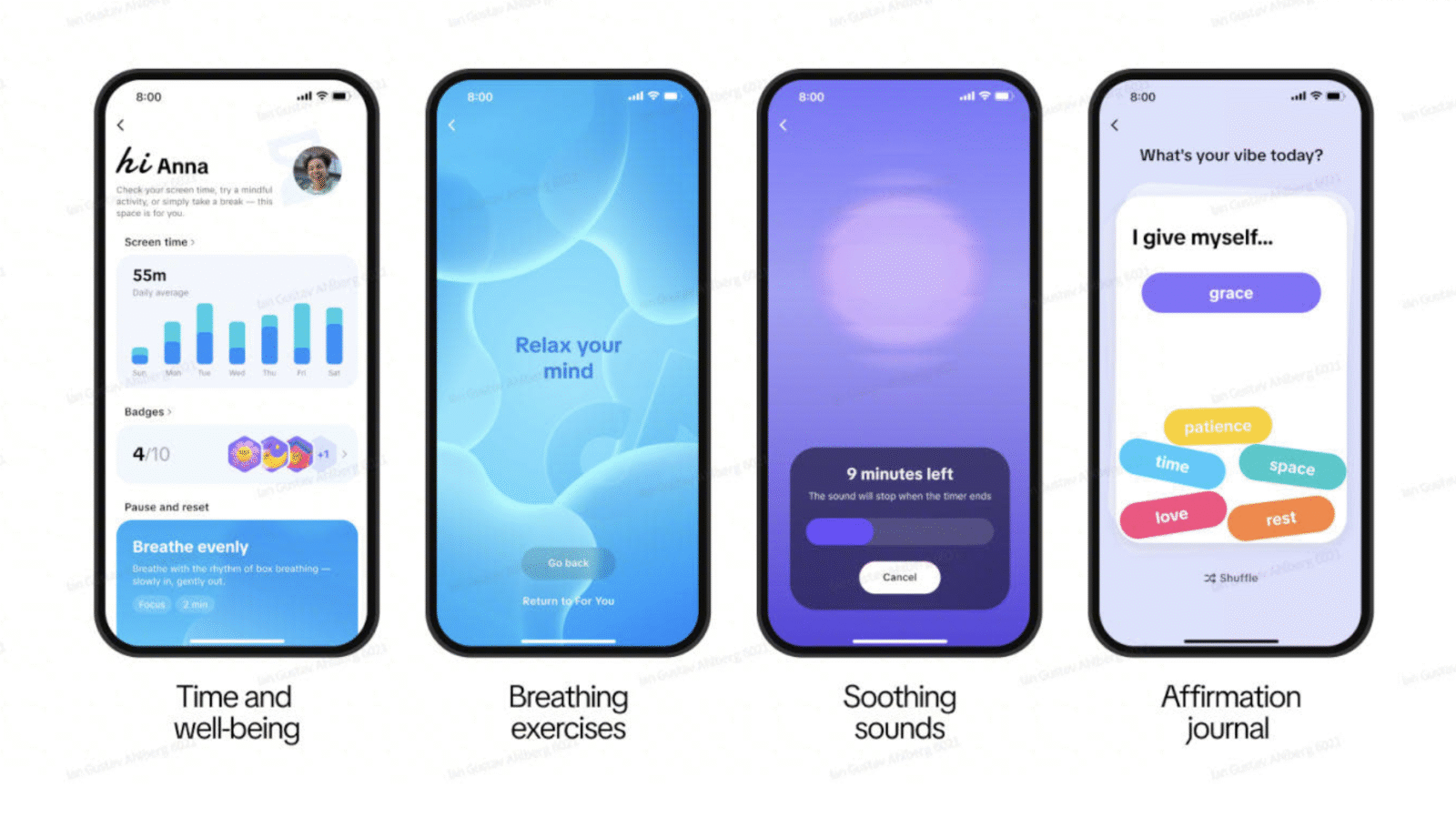Roblox is preparing a major shift in how it manages communication on its platform, introducing mandatory facial age verification for anyone who wants to use chat features. The company is framing the move as a way to create clearer age boundaries and reduce the long-standing reliance on self-reported birthdays, which have traditionally been easy to falsify. Voluntary verification is available now, but beginning in early December it will become mandatory in Australia, New Zealand, and the Netherlands, with the rest of the world following in January 2026.
The system works through Roblox’s partnership with Persona, a third-party identity service. Users scan their face with a device camera, Persona estimates an age range, and the image is deleted immediately after processing. Roblox emphasizes that the process does not store biometric data. Once verified, players are placed into one of several age brackets, and chat access is restricted to those in comparable groups. The only exception comes through a new “Trusted Connections” setting, which allows verified users to communicate with friends and family they already know offline.
This approach represents a notable departure from the looser age-gate systems common across online platforms, where typing in a birthday is usually sufficient. By enforcing age-segmented chat, Roblox is effectively separating younger players from adults rather than relying solely on content filtering. The company already employs AI-moderated chat tools, but this update adds a structural layer of protection that does not depend on consistent reporting or manual oversight.
The changes will have practical implications for different user groups. Children under nine will have in-game chat turned off by default; parents can re-enable it through an override. Players under thirteen will remain barred from using direct messaging outside of games. Older teens and adults will still be able to communicate but only with users in their verified age bracket. Parents will retain the ability to adjust settings even after verification, which acts as an additional safeguard when a child’s estimated age does not align with their actual age.
Roblox is positioning this as only the beginning of a broader safety overhaul. In early 2026, more features will require age verification, including access to social links on profiles, collaboration tools like Team Create in Roblox Studio, and voice chat. The company is also developing tools for households that share mixed-age accounts and says it has launched more than 100 safety updates this year alone.
For players and parents, the shift marks a change in how communication will function across the platform. Roblox’s strategy reflects increasing pressure on large online communities to adopt more rigorous age-related safeguards, and it positions the company to test whether such systems can be scaled without overwhelming users or disrupting the platform’s social dynamics.






